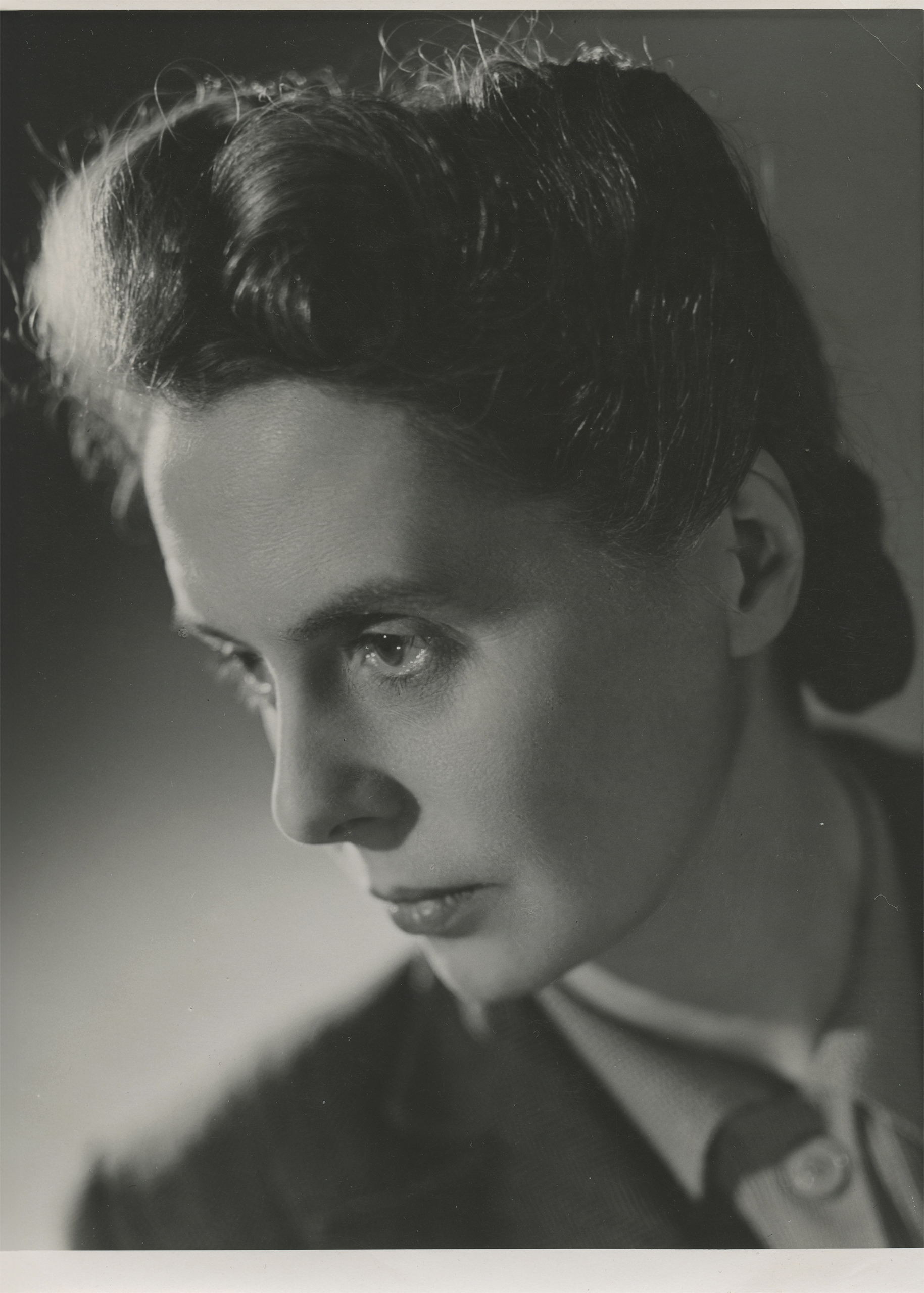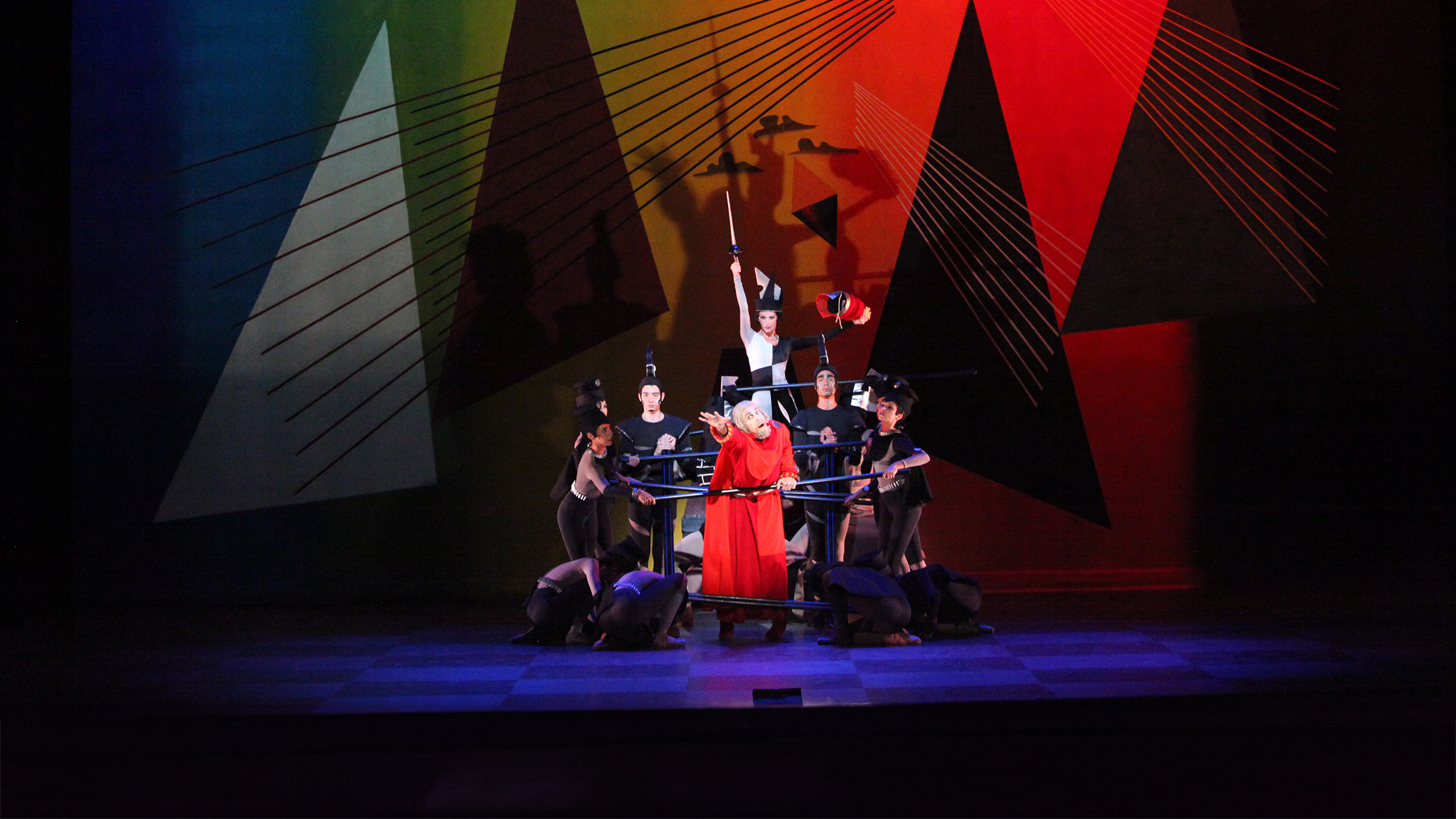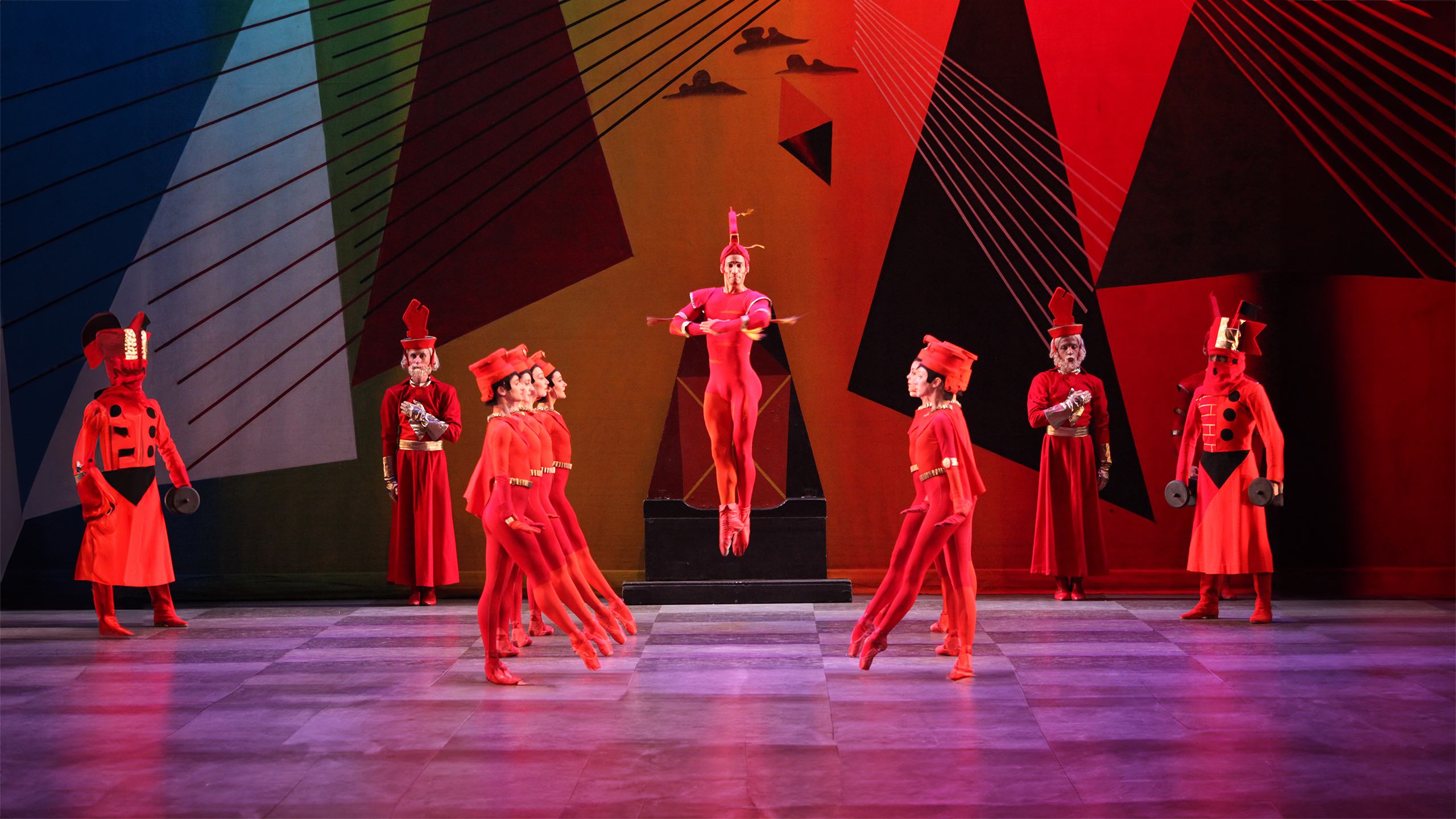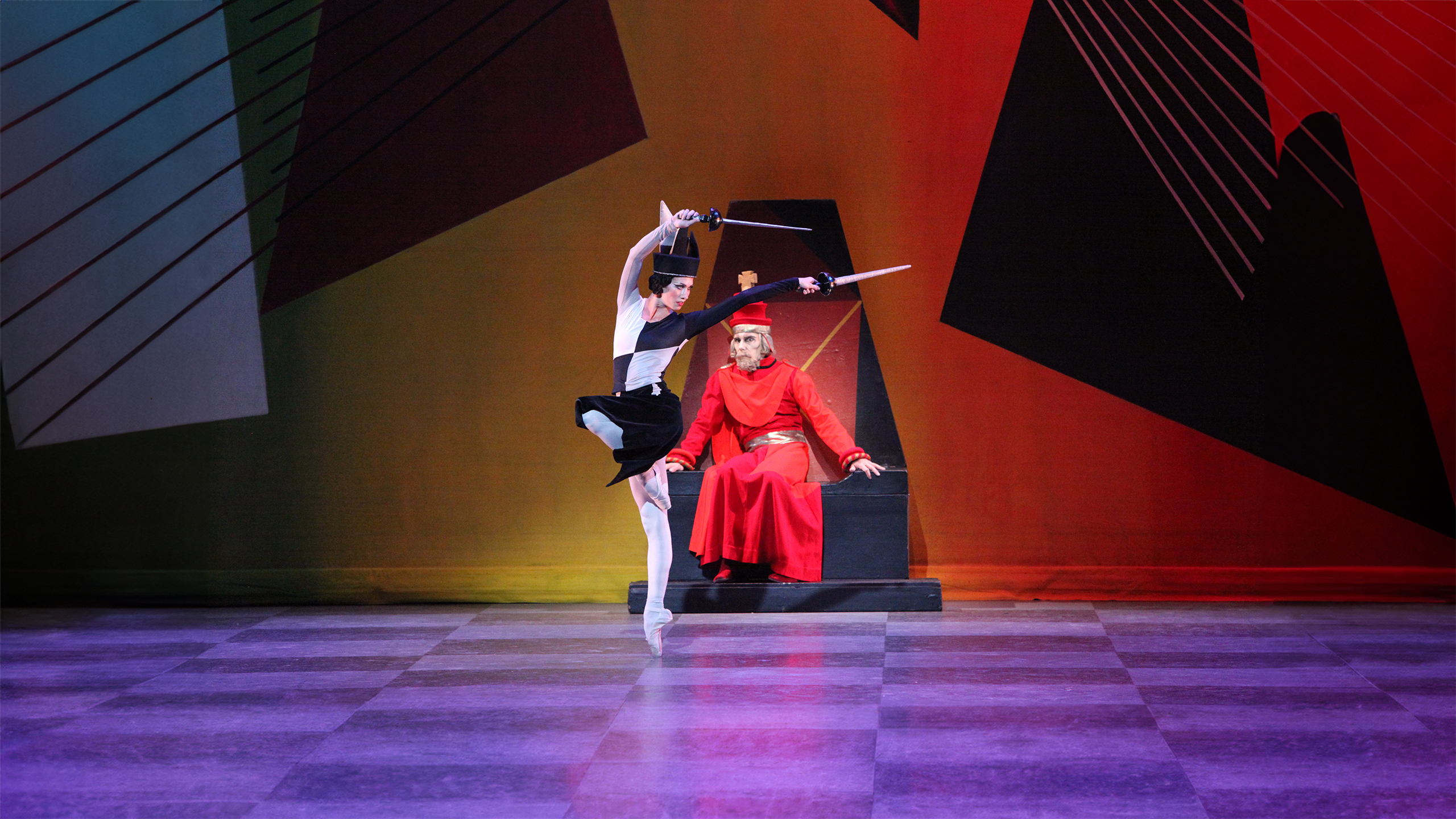Choreographer | Dame Ninette de Valois

Dame Ninette de Valois
Despite her insistence that “it takes more than one to make a ballet company,” the indomitable and visionary Dame Ninette de Valois must take the principal credit for creating, in The Royal Ballet, a truly native British ballet tradition, in parallel with the equally legendary Dame Marie Rambert.
Born Edris Stannus in 1898 in County Wicklow, Ireland, she began dancing at the age of 10, studied with Cecchetti, and danced in pantomime, revue, and opera before joining the Massine- Lopokhova company (1922) and Diaghilev’s Ballets Russes (1923-1925), having changed her name legally to Ninette de Valois (1921) when ballet dancers required French or Russian stage names. In 1926, de Valois opened her London Academy of Choreographic Art and was invited in 1928 by the equally formidable Lilian Baylis to provide dancers and coach actors in drama and opera productions at her Old Vic Theatre.
De Valois persuaded Baylis to present ballet evenings with such success that she closed her private academy in 1931 and became resident at Baylis’ newly reopened Sadler’s Wells Theatre, where she founded the school and company that became the Vic-Wells, then Sadler’s Wells and finally (1956) The Royal Ballet after taking up residence in 1946 at the Royal Opera House, Covent Garden. She continued to dance (especially in character roles) until 1937, ran the company and school, and nurtured the talents of exceptional dancers and choreographers (Margot Fonteyn, Robert Helpmann, Frederick Ashton, Beryl Grey, Moira Shearer, and Michael Somes).
Throughout the 1930s, before her growing administrative duties took priority over her choreographic output, de Valois created a series of masterworks, including Job (1931), The Rake’s Progress (1935), and Checkmate (1937). In her ballets, she strove to produce a distinctively English style of choreography, drawing on English themes or sources, often preferring British composers (Bliss, Vaughan Williams, Gordon) and constantly working to realize her vision of an internationally excellent native ballet with homegrown stars, which bore spectacular fruit with her company’s sensationally triumphant 1949 American debut tour headed by Fonteyn, Shearer, and Helpmann.
Her total dedication and often formidable presence continued to influence and guide The Royal Ballet long after her 1963 retirement as its Director, earning her the affectionately respectful nickname “Madam,” nine honorary doctorates, countless awards and prizes, the Order of Merit, Companion of Honour, and a Damehood (DBE). Widowed in 1986 from Arthur Connell, the Irish surgeon she married in 1935, de Valois had no children and continued to guide the fortunes of The Royal Ballet, making public appearances until her death at the age of 102 in 2001.


